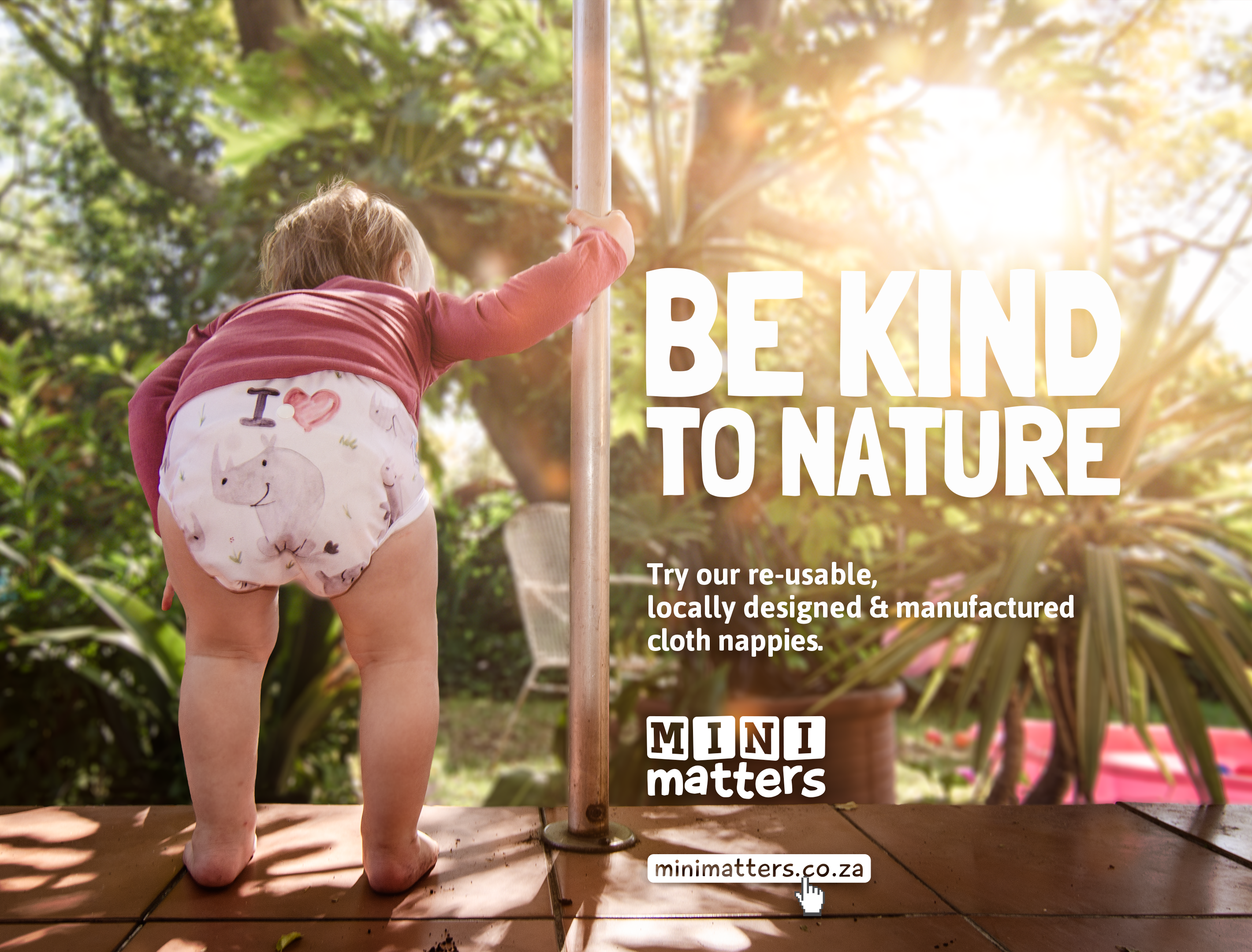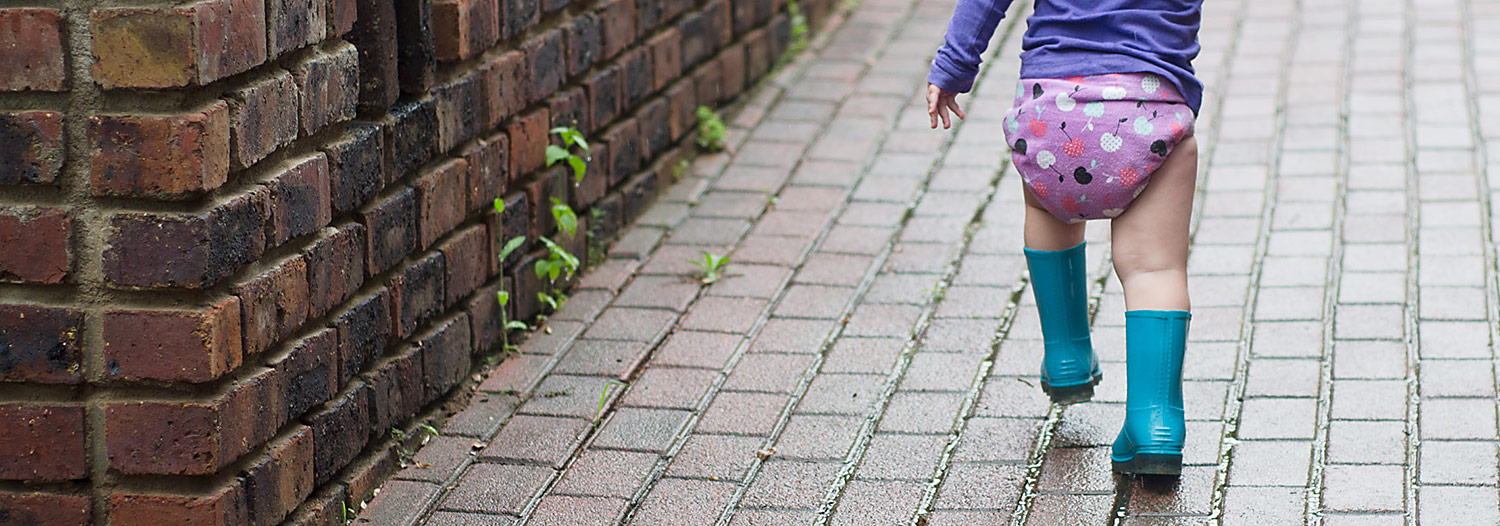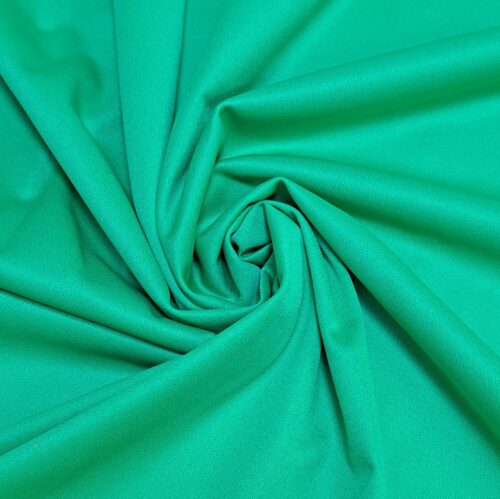
 The case for using cloth nappies
The case for using cloth nappies
The idea of using cloth nappies evokes all sorts of reactions from people – from people who think it’s the greatest thing since sliced bread to those who find it downright absurd and backward. There is a whole lot more to it than that though – here are the main reasons for, as we say, ‘going cloth’:
1. Environmental benefits:
Let’s start with the obvious one. According to Statistics South Africa, there are close to 1 million births every year in our country. If all of these babies are using disposable nappies, our country’s landfills get piled with approximately 4 billion nappies a year, if not more. It takes 550 years for disposable nappies to decompose, posing an obvious environmental risk to our beautiful country and placing an enormous burden on our already straining landfills.
Of course there are those who point out that all the extra water, electricity and detergent used in washing cloth diapers also has a serious environmental impact. But so does the manufacture and transport of 4 billion cloth nappies every year, especially considering they come all the way from China.
I can’t give an accurate assessment of the different carbon footprints of cloth and disposable nappies (although I think it would make an interesting study) but either way, it is hard to argue against the environmental benefits of cloth nappies.
2. Health benefits:
Disposable nappies can pose a health risk for babies and children. Although very convenient, it is important for each parent to know what they are putting on their child’s skin 24/7. Besides that fact that disposable nappies are made from unnatural materials, there are also two potentially harmful chemicals that your baby is exposed to when wearing disposable nappies. I say potentially harmful, because there is more research that needs to go into the use of disposable nappies, as this is a relatively new topic in the research world. The first disposable nappy was invented and patented in 1948. This means that the average consumer could only start buying disposables long after the 1960’s. In fact, very few parents of young children today were using disposable nappies as infants. We can therefore not be certain of the long-term effects it might have on a person’s health.
There are two main chemicals to be aware of. The first is Dioxin. Dioxin is a byproduct of chlorine. Most disposables are bleached with Dioxin which, in animal studies, have shown to cause nerve damage, birth defects and hormonal imbalances. Nerve damage has a detrimental effect on development and the immune system. The second chemical is Sodium Polyacrylate. This is the absorbing gel that holds the liquid firmly in the nappy. It does not only absorb urine, but also all the oils and moisture from the skin, resulting in irritated skin and rashes. The “eco friendly” nappies contain this chemical too. In 1985, Sodium Polyacrylate was banned from the manufacturing of tampons because of its link to Toxic Shock Syndrome. Studies have also shown the effects of Sodium Polyacrylate on rats to be fatal as it caused cardiovascular failure and hemorrhage.
Large nappy manufacturers claim that these two toxins appear in very small quantities, which lowers the risk of health threats. However, the skin is the largest organ of the body and is a medium for absorption of chemicals. Chemical exposure is greatly increased if a product remains on the skin or if it is applied over a large area, such as a nappy on the bum. Once absorbed through the skin, chemicals travel through to the blood stream and then to other organs. Also, chemical exposure poses a greater risk for children than it does for adults because a child’s immune detoxification mechanisms are not fully developed and the protective layer of a baby’s skin takes about six months to become thick enough to act as an effective barrier against external elements.
In truth, there has been minimal studies on the topical exposure of both Sodium Polyacrylate and Dioxin to the human skin and only time will tell whether these chemicals are indeed damaging to the new generation, but in the interim, I would lean towards avoiding exposure to something that will potentially be harmful to their health and development.
The health benefits not only consist of avoiding negative chemicals, there are positive benefits too. I can say from personal experience (my first child used disposables, my second and third children used cloth) that I have used far less bum cream and had far fewer nappy rashes (read: tears and sleepless nights) to deal with the second and third time round, even though I typically used more nappies a day using cloth.
It makes sense, with none of those chemicals drawing moisture out of my baby’s skin, I don’t have to keep rubbing it up with more chemicals to replace the moisture. So, even if you consider the chemicals used in disposables acceptably ‘safe’, I think this is still another point to cloth nappies.
3. Sensory benefits:
This is a factor that is often overlooked but as an Occupational Therapist that deals with a lot of special needs kids, this one is of particular interest. Let me try explain:
Cloth nappies provide a sense of deep pressure and proprioceptive feedback to the hip joints. Proprioceptive feedback results in a better awareness of the body in space and therefore better motor skills development and a sense of contentment. Deep pressure has a calming effect on the body whereas light touch has an activating effect on the central nervous system and some children can become very irritable with light touch sensation to the skin. When you compare the shape of a cloth nappy to a disposable nappy around the waist, a cloth nappy provides excellent proprioceptive feedback to the hip joints and avoids the sensory sensitivities of the light touch that a disposable nappy provides to the skin. Think about it his way, adults don’t wear disposable underwear, and when they are required to do so during hospital stays and beauty treatments, it can become a rather unpleasant and irritable experience. Another home run for cloth nappies.
4. Economic benefits:
At the end of the day, it all comes down to money right? Well, not only are cloth nappies safer and cuter, but also cheaper in the long run. Depending on each child, a single baby can go through four to eight thousand nappies before potty training. An average brand nappy currently costs in the region of R2.50 a nappy. Popular brands can be significantly more expensive. If you use approximately 6000 nappies in your child’s nappy-wearing years, you will spend a total of R 15 000 on disposable nappies. This excludes the effects of price increases and inflation. Right now, a realistic full time stash of 20-30 cloth nappies that consists of different cloth nappy types and brands can cost you between R 3 000 and R 5 000. You may even get away with less if you shop carefully or buy second hand. Right there, that’s a minimum of R 10 000 you save by going cloth.
Once again, detractors will point out the higher electricity bill, the extra time spent in the laundry and so on but I would also, once again, point out factors like the fact that you can resell your nappies and recoup some of the cost (believe me, it might sound odd at first but there is a surprisingly robust second hand nappy market out there) and, if you have more than one child, the economic benefits are compounded.
5. The cuteness factor:
Last, but certainly not least, are the good looks. Cloth diapering is a growing market and the days of those dreary square towels folded like a paper aeroplane are long gone. Today there are beautiful colours, shapes and printed fabrics to choose from, making it fun as part of dressing up and later for toddlers to choose their own favourite prints. Nappies are fast becoming a fashion statement instead of just a necessary evil, so to speak. It’s a perfect marriage of form and function, and I find it quite hard to argue.

